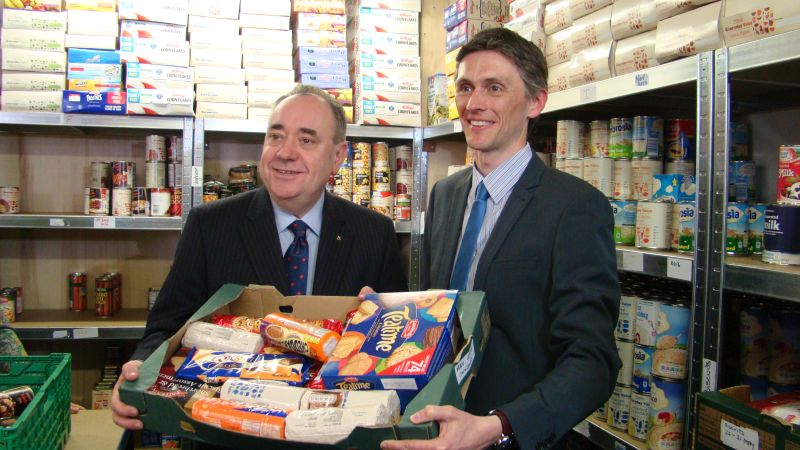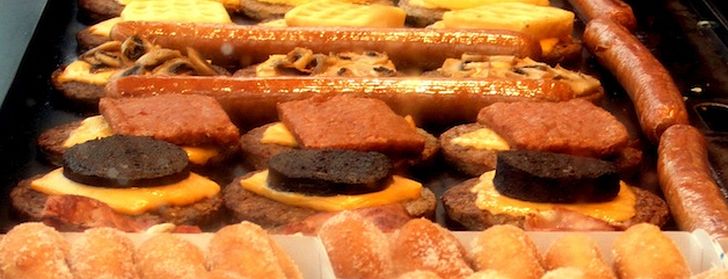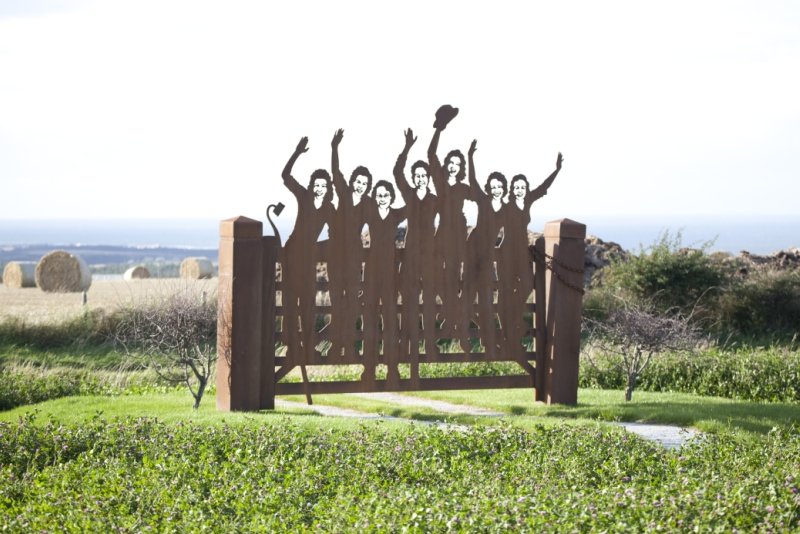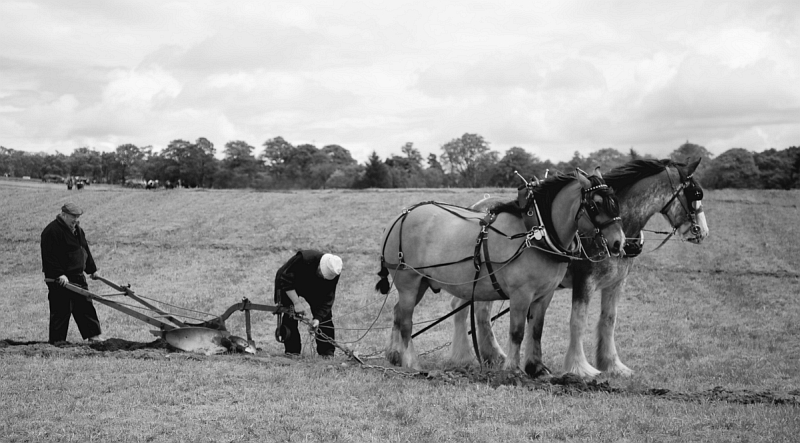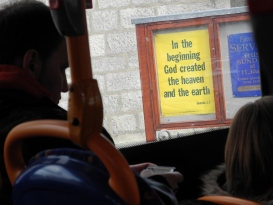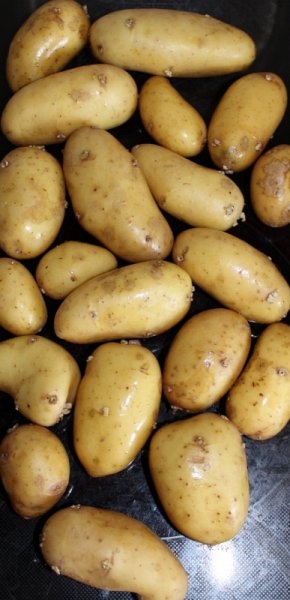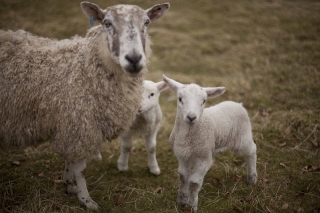With thanks to Gemma Setter, PR Account Executive, Frasermedia.
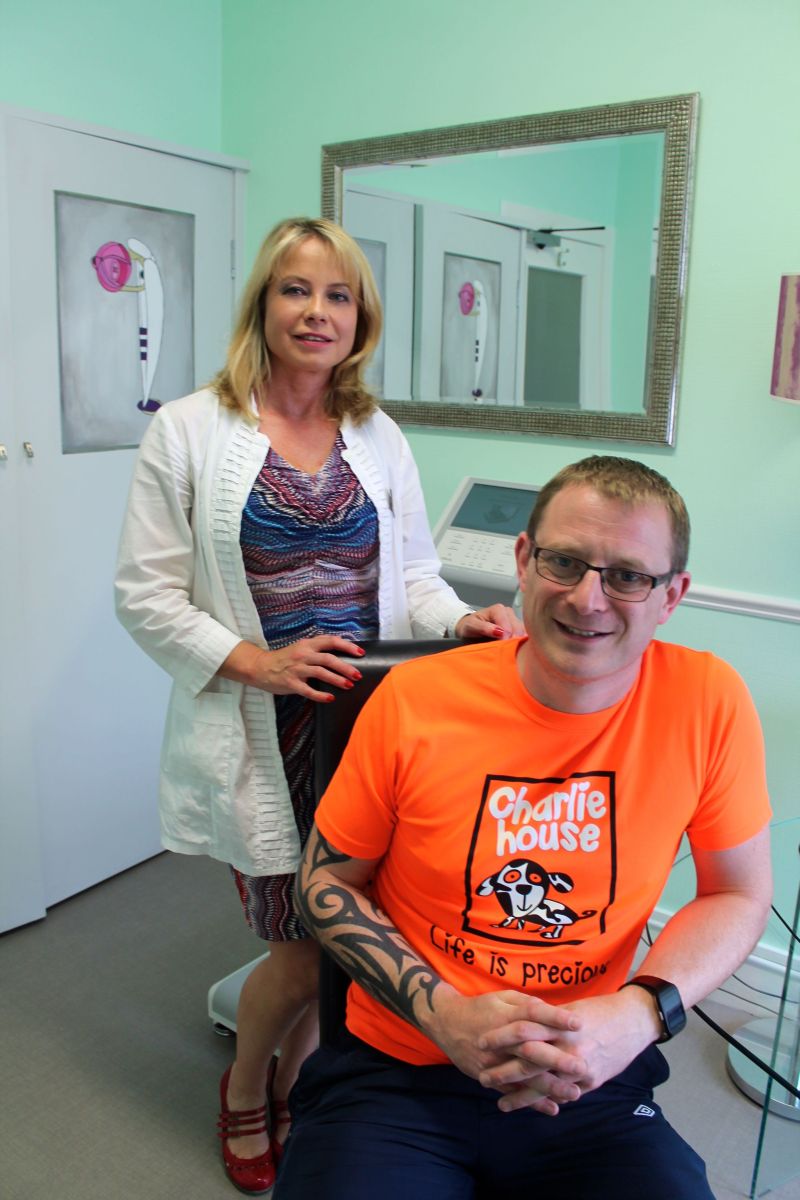 A private clinic in Aberdeen is supporting a local duo with a challenge that will take them around the moon.
A private clinic in Aberdeen is supporting a local duo with a challenge that will take them around the moon.
Temple Medical, a private aesthetic clinic, is providing professional medical support as two businessmen take on a gruelling fitness challenge to complete the circumference of the moon in six months.
Chris Robinson, 38, and Sean Gordon, 25, are cycling, running and rowing the circumference of the moon during 2017 – a total of 10,921km, in aid of local charity, Charlie House.
They aim to complete 27km per day between June and December 2017.
Temple Medical, owned and managed by respected GP, Dr Sam Robson, will monitor the pair throughout the challenge using the company’s in-house state-of-the-art body composition analysis equipment, the InBody770.
Temple uses the InBody 770 to help monitor progress on its Alevere weight loss programme, It provides essential feedback on fat % and guides the clinical staff when advising on nutritional changes required to keep patients healthy and on track with their weight loss journey
This machine provides medical grade analysis of their body composition, and is also commonly used to support world-class athletes.
The InBody 770 analyses the body’s water, body fat, bone minerals and muscle mass. The detailed biometric results will be reviewed every six weeks by Temple’s Dr Jo Green. She provides guidance and advice on an ongoing nutritional plan with an aim to ensure the men are eating appropriately to manage the Moon Challenge. Her goal is to keep them in the best physical shape to avoid injury and excessive fatigue.
Dr Green said:
“27km per day will undoubtedly be an enormous challenge for their bodies, so our main goal is to keep them healthy and ensure that they are able to reach the end of the challenge in full fitness.
“Monitoring them regularly will allow us to keep a close eye on their metabolic rate and ensure that they understand what changes to make to their diet and exercise regime so that they don’t lose muscle.
“Throughout the challenge, they will be doing plenty of cardio exercise but also need to incorporate some resistance exercise in order to build muscle. Their nutritional requirements involve good hydration, good protein and good carbs – if they struggle physically, they will struggle psychologically.”
Chris Robinson said:
“I knew the challenge would be tough on my body and I wanted to make sure I could do the miles without any lasting damage. The In-Body analysis is fascinating. The first report told me I was in better shape than I had thought and gave me a real insight into my current levels of fat and muscle. Temple Medical gave me a nutritional plan and the team is working with my personal trainer to help me get through the long distances that I must cover.
“When the challenge finishes, we will work together to develop a maintenance plan so that I can sustain my fitness levels and improved body composition. The body analysis and nutritional advice has been essential in helping me achieve the miles every day, and I can already see real benefits in terms of my body shape and energy.”
The inbody machine is instrumental in helping people to reach their fitness goals as part of the Kick Start programme. This entails providing the biometric analysis as described alongside nutritional advice and exercise guidance to help improve their body composition.
Dr Sam Robson, owner of Temple Medical, added:
“Our Kick Start programme gives a real in-depth look at what’s going on inside your body, and how to make improvements for long term health.
“Technology can play a huge part in helping people make changes for the better, and can enable ordinary people like Chris and Sean to take on a huge challenge in a safe manner.
“The reports we provide are very detailed, and at each review session we can see in detail the benefits our nutritional advice and training has had. We’re delighted to be part of the support team for the challenge and we wish Chris and Sean good luck as they set off around the moon.”
Temple Medical is a private medical clinic, concentrating on non-surgical or minimally-invasive procedures addressing problem skin and the effects of ageing. The clinic also offers Alevere weight management and bio-identical hormone replacement therapy.
Dr Sam Robson is a member of the British College of Aesthetic Medicine, and a fully qualified GP, who has over 13 years’ experience of aesthetic medicine. Temple Medical clinic has been recognised nationally and internationally with several industry awards, including Best Cosmetic Doctor, 2017 and 2015, in the Scottish Medical Cosmetic Awards; What Clinic customer service award 2016, and My Face My Body Best Non-surgical Makeover (2014) and Best Customer Experience (2012).
- Comments enabled – see comments box below. Note, all comments will be moderated.
